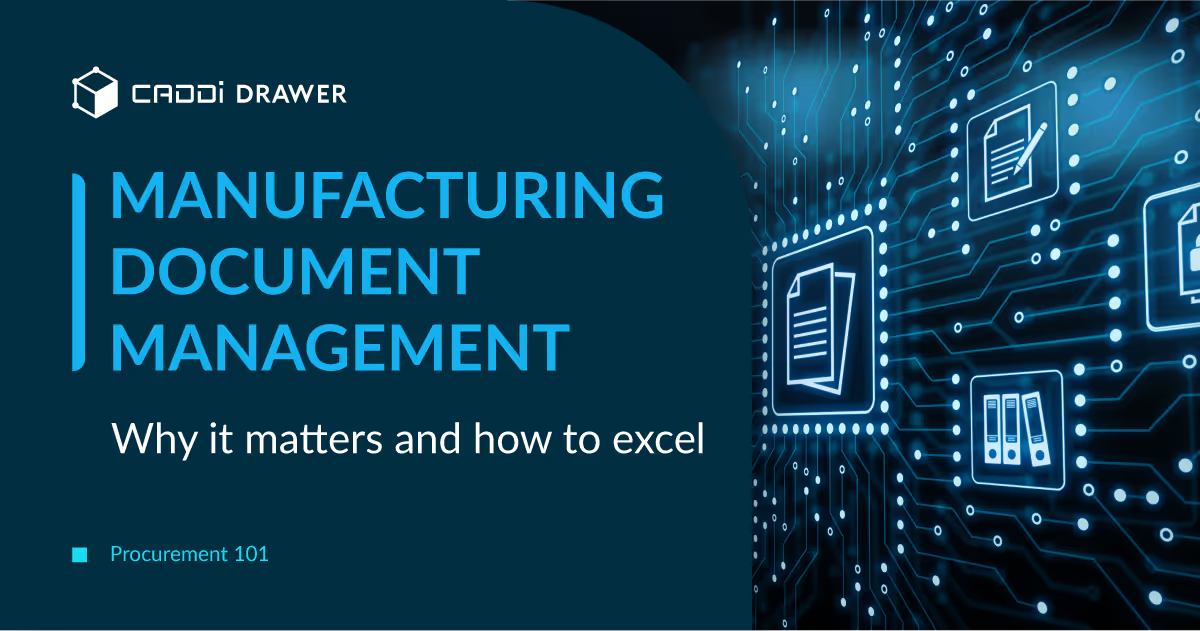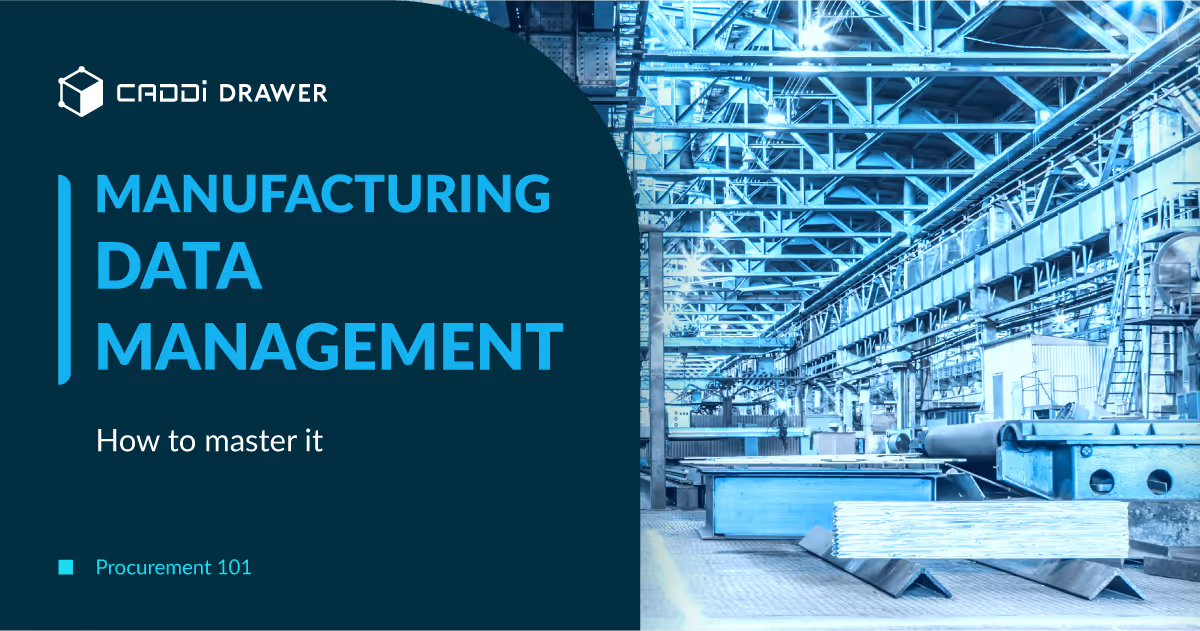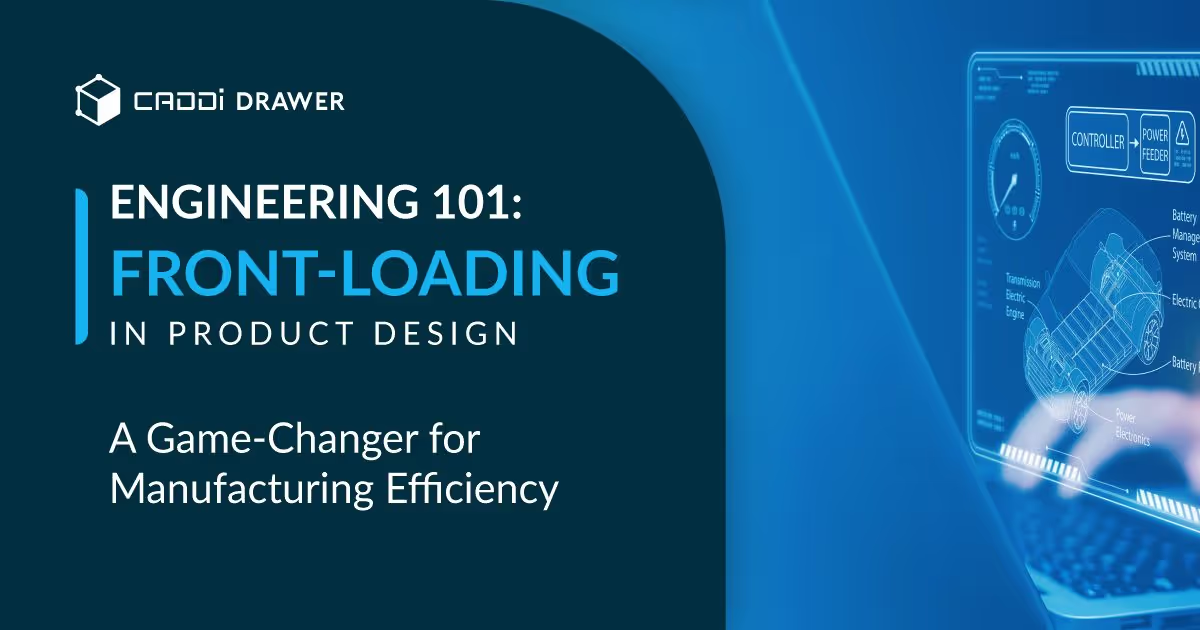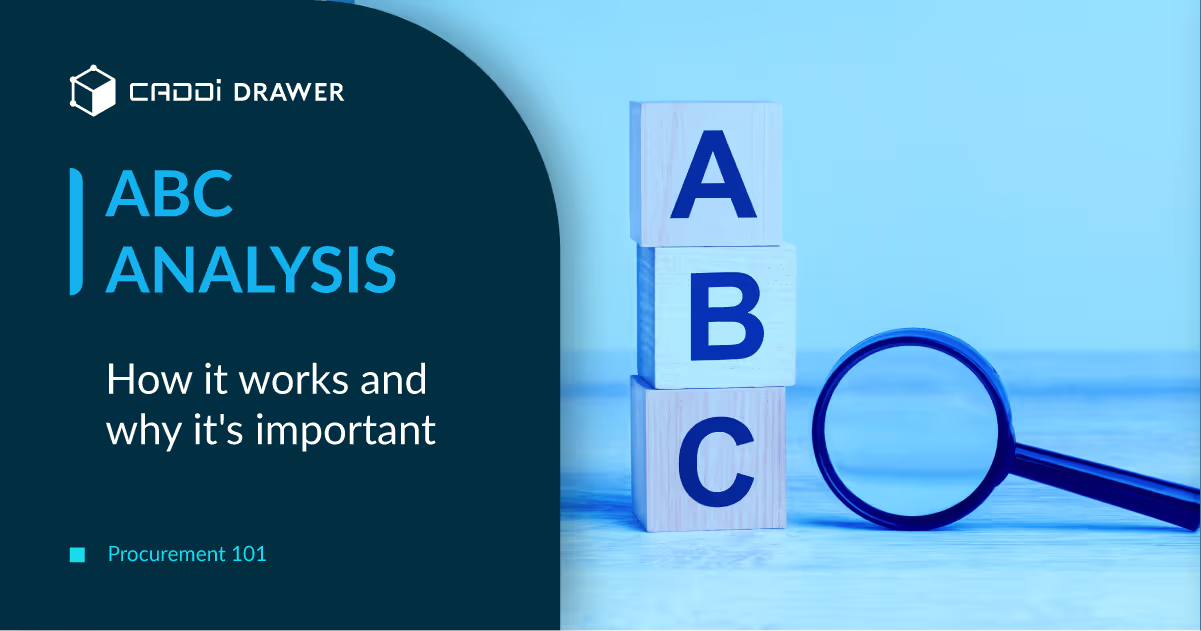Procurement Analytics: Our Complete Guide to Learning and Optimizing

Table of Contents

In order to ensure you’re getting the most value from your procurement process, you need to practice procurement analytics. This set of best practices allows you to improve the efficiency of your process, improve the value of your deals, and optimize for specific tradeoffs.
Let’s take a look at some benefits of procurement analytics, strategies to implement them, and challenges you might face in implementation.
What is procurement analytics?
Procurement analytics is a set of processes that evaluate the performance of different aspects of your procurement process, including the speed at which steps occur, the cost-benefit outcomes of different purchases, and tradeoffs between price, speed, and quality. It can be thought of as an overall school of thought towards procurement: by tracking data, analyzing it, and making strategic decisions, you get better outcomes. In other words, the unexamined deal is not worth making.
What do you analyze in procurement analytics?
The foundation of good procurement analytics is casting a wide net in the data you collect and analyze. Here are just a few of the data points that are useful to start tracking:
Speed of procurement process – how long does it take to go from needing a specific item to actually placing the order? How long does each step and sub-step within this process take? What steps have wide variation in how long they take, and which are consistent?
Speed of orders actually arriving – once the order is placed, how long does it take for the order to be in your possession and ready to implement? What time is spent on steps within your control, e.g. receiving the products, updating inventory, placing them in the right place? And how much time is spent on steps outside of your control, like the actual shipping of the parts from the supplier? How does that time vary based on suppliers or by the type of product?
Costs associated with orders – what patterns of cost exist between different suppliers, or different types of parts? What trends do you see for variables such as material, supplier location, or customs classification? What additional costs exist within the ordering process, including labor costs?
Environmental impact or other corporate responsibility costs – what is the carbon footprint of your orders? How do different shipping methods, supplier locations, or material choices affect that footprint? What targets does your company have to hit and what changes should be made to hit them? What other factors, such as sourcing local parts being required for stipends, do you need to account for when choosing suppliers?
Quality of received parts – what are the defect rates and other quality metrics for the received parts when implemented? How do they trend with price, supplier, material, finish, or other metrics? What is the minimal acceptable quality for each type of part and where can you optimize to meet it?
Risks in the procurement process – what external factors might impact your supply chain? Could additional tariffs be added for suppliers from some locations? Maybe weather events will impact shipping times. And could some options become unavailable due to geopolitical conditions? What is the likelihood of these events? How much would they impact you? What level of risk are you willing to accept?
These are only a few of the many areas of procurement that you can analyze. As you make decisions, try to surface areas where you have insufficient information, and supplement these with other relevant areas to investigate.
What are the benefits of procurement analytics?
For each of these categories of data, procurement analytics allows you to improve the relevant metrics: accelerating processes, reducing costs, improving quality, and more. Sometimes this can be a very simple process. Your data collection will put the spotlight on problematic outliers. Sometimes these can be fixed simply by making your process consistently apply. Other times you may realize that making a single choice, like switching suppliers for a particular product, will make a huge difference.
On other occasions, procurement analytics can lead to a more complex change. Some examples include:
Supplier consolidation – procurement analytics may reveal that one supplier may be able to handle the orders previously made to multiple suppliers. This can reduce the chances of external risk factors and allow you to negotiate lower bulk pricing.
Supplier diversification – on the other hand, procurement analytics can also reveal opportunities to split orders among more suppliers. This avoids “putting all of your eggs in one basket”, spreading out risk and getting more specialized deals.
Contract renegotiation – if you have ongoing contracts with suppliers, procurement analytics can give you the information to help negotiate more favorably. You might understand your needs better, or what standards you need to hold them to.
Process revamping – procurement analytics can expose fundamental inefficiencies in your procurement process. For example, if each order requires several manual confirmations from different parties, and these confirmations always happen very slowly and delay orders, you may want to overhaul your process on a major level. This might mean changing the authorization thresholds, how approval requests are communicated, or what deadlines for approval are put in place.
Challenges in procurement analytics
Adopting good procurement analytics practices isn’t trivial. Depending on how your organization is set up, you may need to invest time in making it practical. This investment is worth it, but should be undertaken carefully. Some common challenges you may face include:
Insufficient ability to collect data – good analytics requires a lot of data. You need to be able to track every order, from the first request, to paying for the order, to how the product performs in operation. This requires some infrastructure and process: procurement officers need to log each of these steps, and these logs need to be collected and consolidated.
Disparate data – sometimes you can have all the data you need, but it won’t be connected in a way that allows for observable insights. Each aspect of the procurement process may produce data that lives in a different tool. Quality data might live in a PLM tool while pricing data stays siloed in the procurement tool. Collect data in a data lake for analysis to take place.
Overly specific data – if your data is correlated too specifically, it can be hard to identify patterns and trends. Data is sometimes linked only to one specific part ID or a specific order from a specific supplier. This makes it hard or impossible to answer questions like “what is the typical price for a given type of part” or “how much do prices typically increase when switching from material A to material B?”
How CADDi can help with procurement analytics
CADDi makes procurement analytics simpler and more efficient by providing the manufacturing data lake required to make insightful connections. We use the design of a part to connect data, meaning that you can easily find trends and patterns for each type of part. We also link all of the necessary metadata to make informed decisions, such as supplier, material, defect rate, and more.
Check out how it can help you by signing up for a personalized demo today or walk through our interactive product tour.
In order to ensure you’re getting the most value from your procurement process, you need to practice procurement analytics. This set of best practices allows you to improve the efficiency of your process, improve the value of your deals, and optimize for specific tradeoffs.
Let’s take a look at some benefits of procurement analytics, strategies to implement them, and challenges you might face in implementation.
What is procurement analytics?
Procurement analytics is a set of processes that evaluate the performance of different aspects of your procurement process, including the speed at which steps occur, the cost-benefit outcomes of different purchases, and tradeoffs between price, speed, and quality. It can be thought of as an overall school of thought towards procurement: by tracking data, analyzing it, and making strategic decisions, you get better outcomes. In other words, the unexamined deal is not worth making.
What do you analyze in procurement analytics?
The foundation of good procurement analytics is casting a wide net in the data you collect and analyze. Here are just a few of the data points that are useful to start tracking:
Speed of procurement process – how long does it take to go from needing a specific item to actually placing the order? How long does each step and sub-step within this process take? What steps have wide variation in how long they take, and which are consistent?
Speed of orders actually arriving – once the order is placed, how long does it take for the order to be in your possession and ready to implement? What time is spent on steps within your control, e.g. receiving the products, updating inventory, placing them in the right place? And how much time is spent on steps outside of your control, like the actual shipping of the parts from the supplier? How does that time vary based on suppliers or by the type of product?
Costs associated with orders – what patterns of cost exist between different suppliers, or different types of parts? What trends do you see for variables such as material, supplier location, or customs classification? What additional costs exist within the ordering process, including labor costs?
Environmental impact or other corporate responsibility costs – what is the carbon footprint of your orders? How do different shipping methods, supplier locations, or material choices affect that footprint? What targets does your company have to hit and what changes should be made to hit them? What other factors, such as sourcing local parts being required for stipends, do you need to account for when choosing suppliers?
Quality of received parts – what are the defect rates and other quality metrics for the received parts when implemented? How do they trend with price, supplier, material, finish, or other metrics? What is the minimal acceptable quality for each type of part and where can you optimize to meet it?
Risks in the procurement process – what external factors might impact your supply chain? Could additional tariffs be added for suppliers from some locations? Maybe weather events will impact shipping times. And could some options become unavailable due to geopolitical conditions? What is the likelihood of these events? How much would they impact you? What level of risk are you willing to accept?
These are only a few of the many areas of procurement that you can analyze. As you make decisions, try to surface areas where you have insufficient information, and supplement these with other relevant areas to investigate.
What are the benefits of procurement analytics?
For each of these categories of data, procurement analytics allows you to improve the relevant metrics: accelerating processes, reducing costs, improving quality, and more. Sometimes this can be a very simple process. Your data collection will put the spotlight on problematic outliers. Sometimes these can be fixed simply by making your process consistently apply. Other times you may realize that making a single choice, like switching suppliers for a particular product, will make a huge difference.
On other occasions, procurement analytics can lead to a more complex change. Some examples include:
Supplier consolidation – procurement analytics may reveal that one supplier may be able to handle the orders previously made to multiple suppliers. This can reduce the chances of external risk factors and allow you to negotiate lower bulk pricing.
Supplier diversification – on the other hand, procurement analytics can also reveal opportunities to split orders among more suppliers. This avoids “putting all of your eggs in one basket”, spreading out risk and getting more specialized deals.
Contract renegotiation – if you have ongoing contracts with suppliers, procurement analytics can give you the information to help negotiate more favorably. You might understand your needs better, or what standards you need to hold them to.
Process revamping – procurement analytics can expose fundamental inefficiencies in your procurement process. For example, if each order requires several manual confirmations from different parties, and these confirmations always happen very slowly and delay orders, you may want to overhaul your process on a major level. This might mean changing the authorization thresholds, how approval requests are communicated, or what deadlines for approval are put in place.
Challenges in procurement analytics
Adopting good procurement analytics practices isn’t trivial. Depending on how your organization is set up, you may need to invest time in making it practical. This investment is worth it, but should be undertaken carefully. Some common challenges you may face include:
Insufficient ability to collect data – good analytics requires a lot of data. You need to be able to track every order, from the first request, to paying for the order, to how the product performs in operation. This requires some infrastructure and process: procurement officers need to log each of these steps, and these logs need to be collected and consolidated.
Disparate data – sometimes you can have all the data you need, but it won’t be connected in a way that allows for observable insights. Each aspect of the procurement process may produce data that lives in a different tool. Quality data might live in a PLM tool while pricing data stays siloed in the procurement tool. Collect data in a data lake for analysis to take place.
Overly specific data – if your data is correlated too specifically, it can be hard to identify patterns and trends. Data is sometimes linked only to one specific part ID or a specific order from a specific supplier. This makes it hard or impossible to answer questions like “what is the typical price for a given type of part” or “how much do prices typically increase when switching from material A to material B?”
How CADDi can help with procurement analytics
CADDi makes procurement analytics simpler and more efficient by providing the manufacturing data lake required to make insightful connections. We use the design of a part to connect data, meaning that you can easily find trends and patterns for each type of part. We also link all of the necessary metadata to make informed decisions, such as supplier, material, defect rate, and more.
Check out how it can help you by signing up for a personalized demo today or walk through our interactive product tour.
Ready to see CADDi Drawer in action? Get a personalized demo.
Subscribe to our Blog!
Related Resources












.svg)



.svg)
.svg)
.svg)


